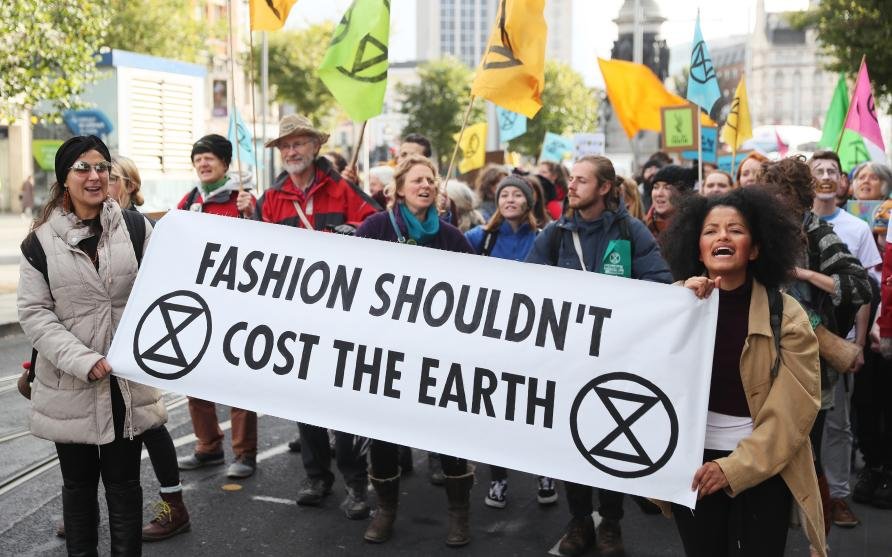The Future of Sustainability
Design by Paula Wang
Fashion is the second largest polluter in the world after the oil industry. Yep, you read that correctly. Now it would be hypocritical for us, a fashion directory dedicated to promoting the highest levels of fashion and innovation in the industry to try to dismantle the fashion industry as a whole. The truth is, we want to promote and celebrate the triumphs in the fashion world, while acknowledging the negative impacts that fashion can play and condemn the key players who are not actively striving to build a cleaner fashion system. In this article, we highlight what the future of sustainability looks like in the fashion industry, what you as a consumer can do to play your part, and what brands are making progress for a more sustainable future.
Throughout the past few years, there have been widespread efforts and initiatives from fashion brands moving towards a greener and more sustainable way of production. These promises of sustainability are a step in the right direction, however, there is a stark difference between a promise and an action. At the 2021 United Nations Climate Change Conference (COP26) many believed that radical changes and policies would be made in the fashion industry in order to create a more sustainable future, however the results were disappointing.
Source: Joy Dakers
Both India and China, two influential players in garment production and top global polluters, agreed to “phase down” coal production rather than “phase out”. Though a slight step in the right direction, we unfortunately do not have time to slowly phase out unethical and anti-environmental practices. The fashion industry needs a radical and progressive change to production, consumption, and factory practices and it needs to happen now.
Often overlooked when talking about sustainability is the people who make our clothes. Factory workers, often women, face a high risk from climate change and its negative impacts. Factories are largely based out of the Global South, a region that is seeing climate change drastically alter the landscape and way of life for its inhabitants. During COP26, the UNFCCC Fashion Industry Charter for Climate Action proposed commitments to “achieve net-zero emissions by 2050, 100 percent electricity from renewable sources across owned and operated facilities and the sourcing of environmentally friendly raw materials by 2030.”
COP26 highlighted the desperate need for the fashion industry to change, however exactly how this will happen and who will take initiative is still unclear. Although many brands say that they want to reduce emissions, fossil fuels, and waste through their supply chain, it takes more than the brands that we know and love to advocate for a true difference. Real change to the fashion cycle and production process lies with government mandates, legislation, and policy makers to expand renewable energy sources, inflict taxes on harmful plastics and dyes used in garment manufacturing, and policies that prevent fast fashion houses from easily producing on mass scales.
Source: Creative Commons
So what now? The fight for a radical change in the fashion industry is imperative, however a battle that is far from over. Transparency is a crucial first step toward creating a true transformation in the industry. Having brands provide accurate and trustworthy information about both social and environmental impacts of their production and supply chains is a great first step. If the fashion industry is to truly achieve the goal of net-zero emissions within the next 28 years, tracking environmental impacts, and being transparent to customers, manufacturers, and governments is necessary.
Source: Tierney Gearon
As a consumer, what is the right thing to do? Well, the answer isn’t to swear off ever buying clothes again. The goal is to not boycott the fashion industry as a whole, but to consciously make an effort to shop sustainably and to advocate for reform within the fashion industry through new legislation. Although at times it can feel helpless and impossible to truly make a difference in the way in which the fashion industry operates and negatively impacts our environment, there are things that we can do as consumers to play our part. Reducing the urge to over-buy and consume is a small part of the equation, but what really needs to happen is for brands to take charge and actively dismantle the harmful and detrimental production practices they use to produce clothing.
No brand is perfectly sustainable, however there are brands that are proactively using their power to make real change in the industry. From organic cotton, upcycling, natural dying, repurposing deadstock, renewable energy factories, and radical transparency take a look at the retailers below for a more eco-friendly wardrobe.

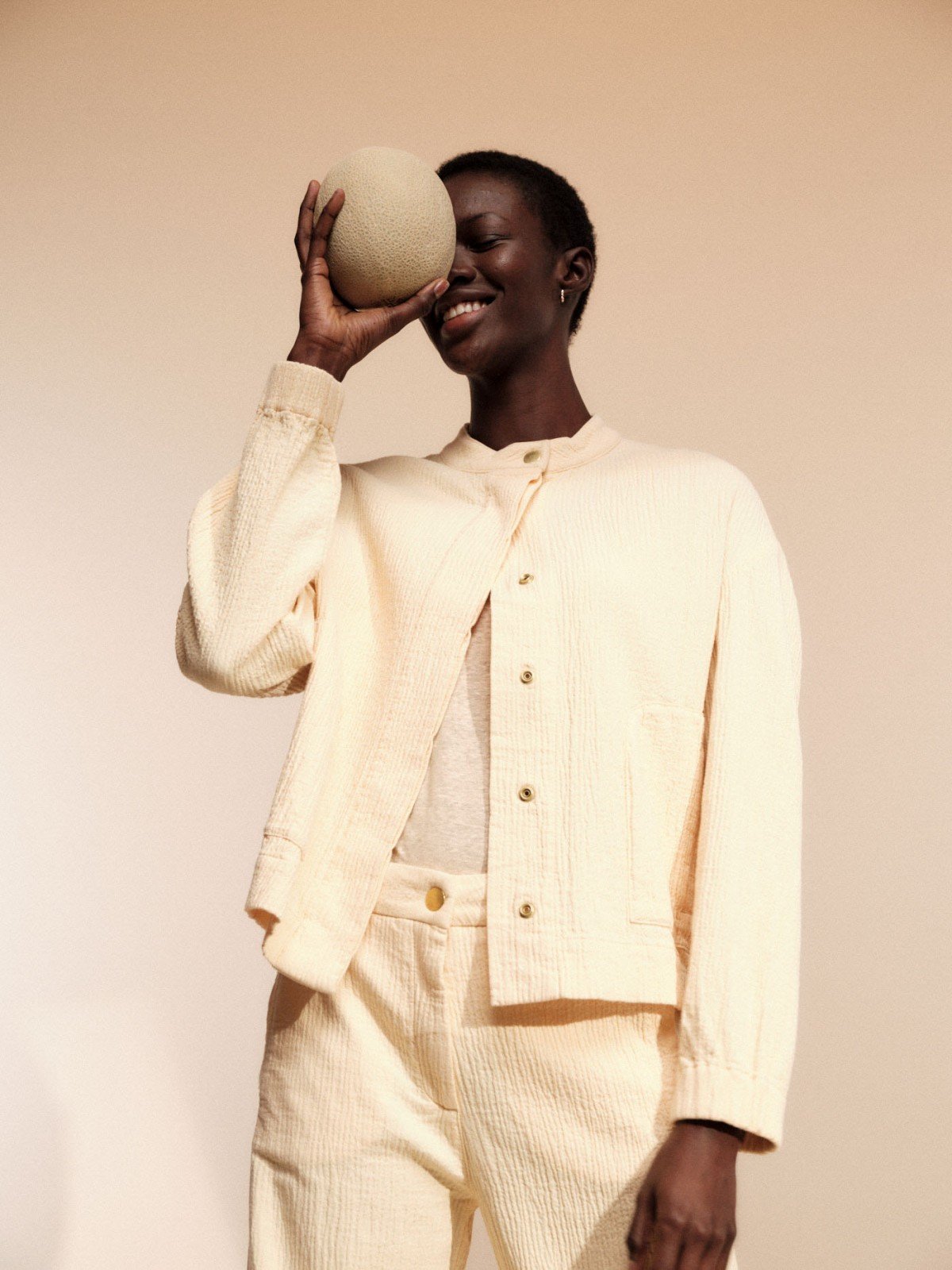

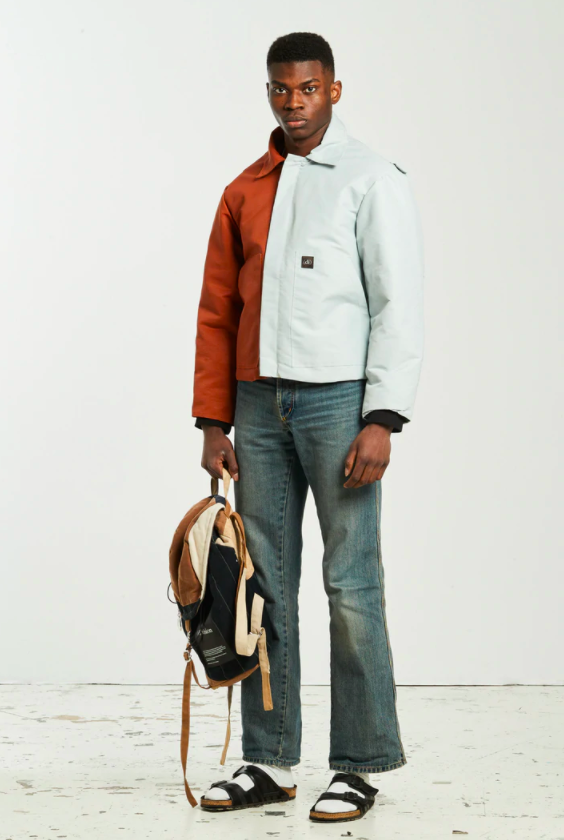
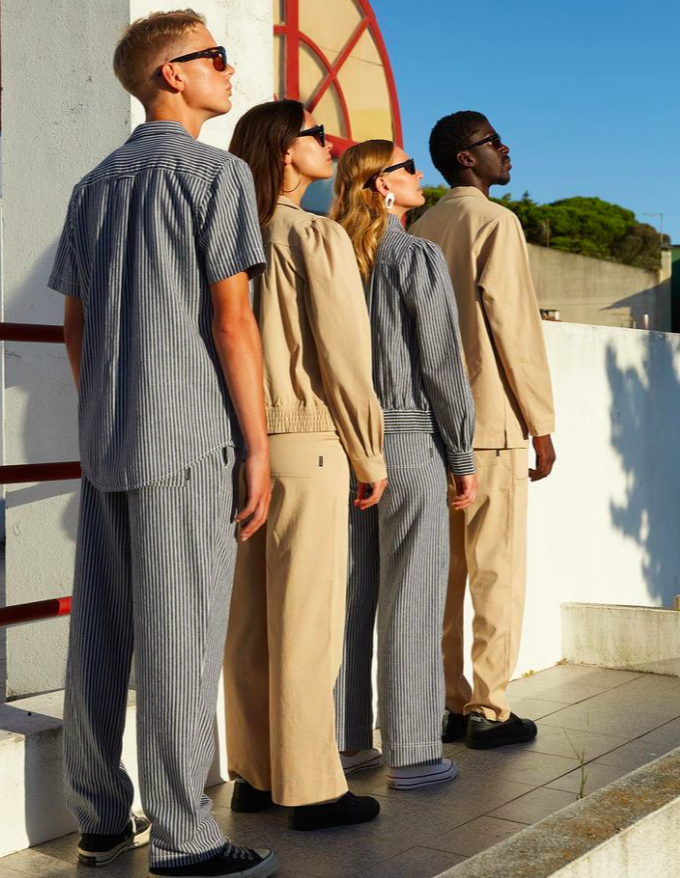

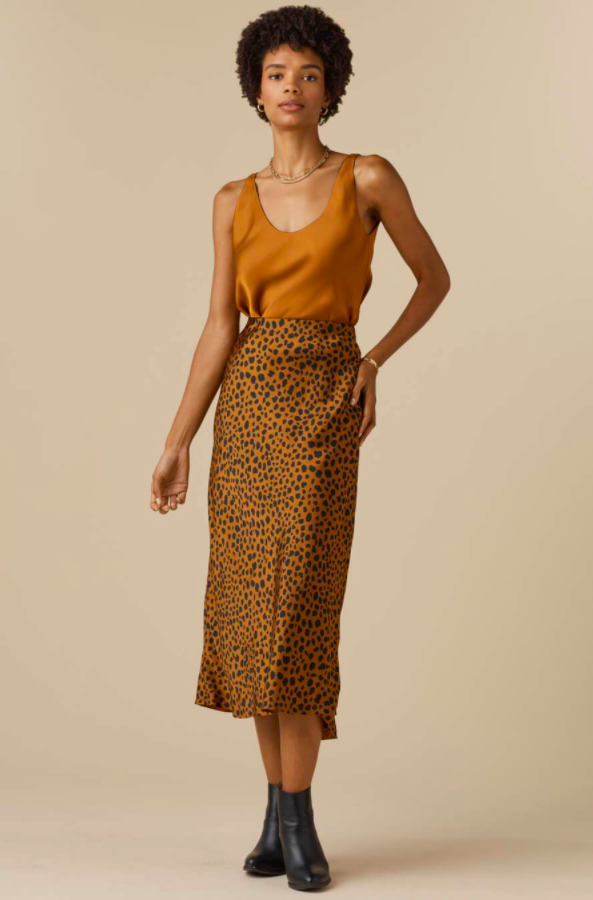
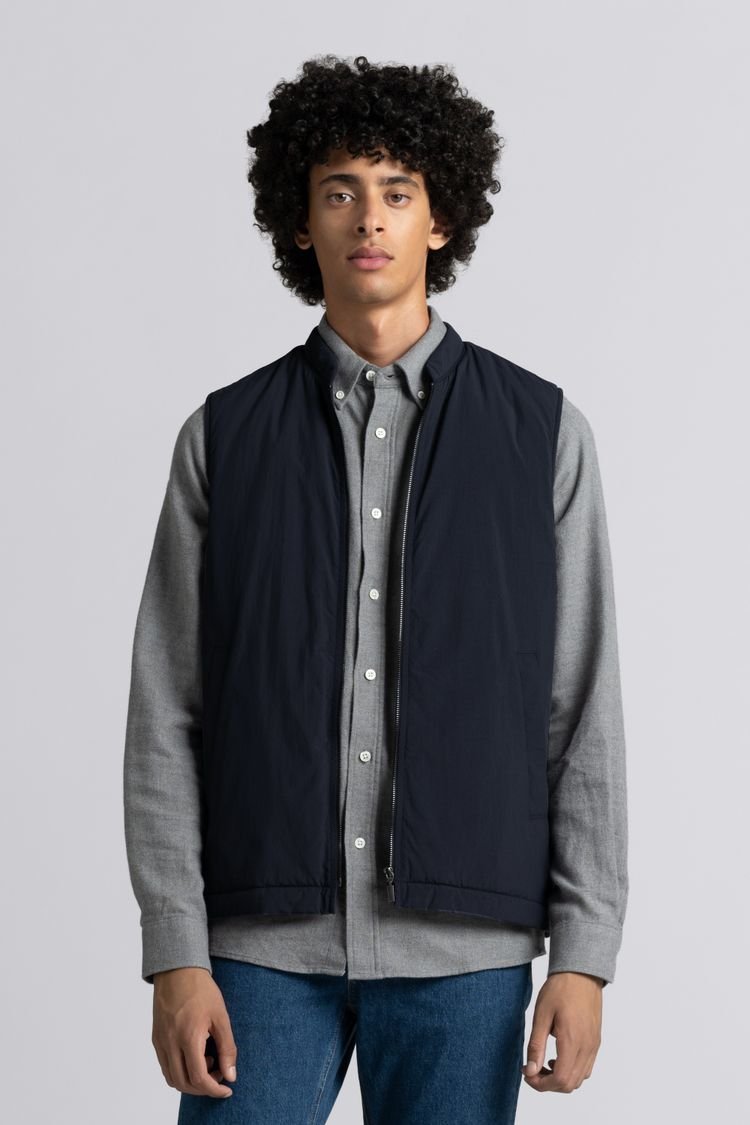

Brands in order by photo: Christy Dawn, LANIUS, Finisterre, (di)vision, Dedicated, Veja, Vetta, SC103, Cuyana


